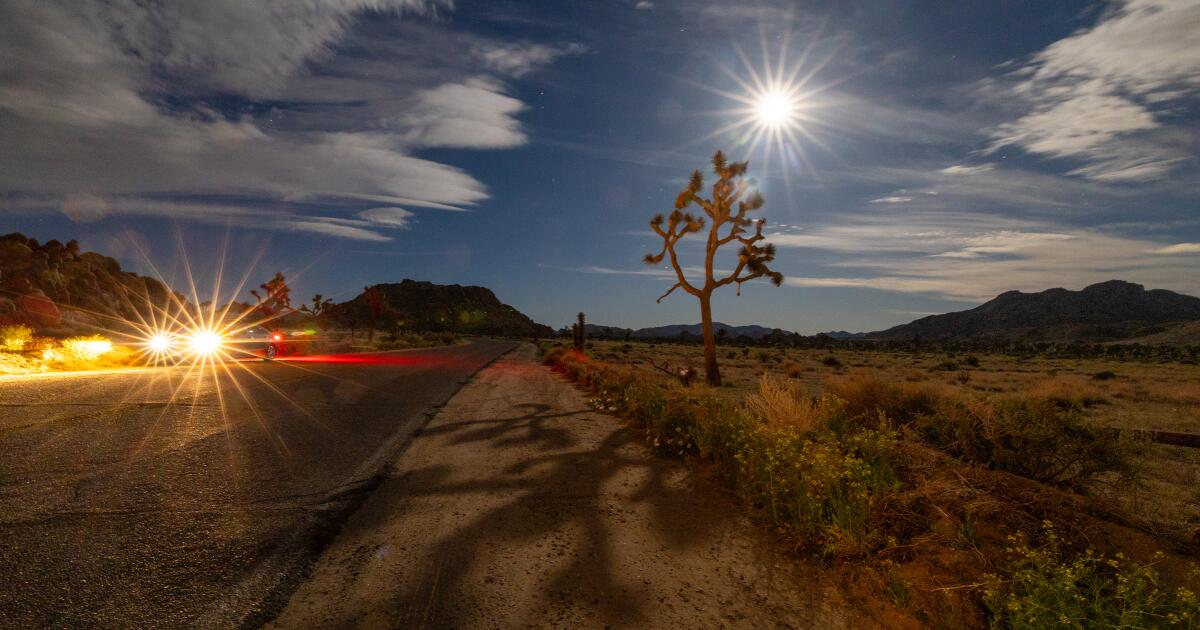A fire ignited in the Covington Flats area of Joshua Tree National Park on Friday afternoon and burned 165 acres in a region that experts say is critical to the species’ future in a warming climate.
Meg Rockwell, a spokesperson for the national park, said it wasn’t immediately clear if any Joshua trees in the area had burned, but she said there are major concerns about the possibility of damage to the trees.
“This area is important for the long-term survival of the Joshua trees,” Rockwell said. “It’s that last refuge.”
San Bernardino County Fire officials said no structures are threatened.
The Covington Flats region—located in a northwestern section of the park—is known as a “climate refugia” sitting at a slightly higher elevation, which brings cooler temperatures and more rainfall. These slight differences could be enough, experts say, to to allow Joshua trees to continue to survive and reproduce even under a hotter, drier climate that is expected in the coming decades.
The iconic trees are not adapted to wildfire, meaning any fire damage can be devastating to the population.
The Eureka fire was reported around noon Friday and had no containment as of 2:30 p.m. The park reported temperatures Friday around 85 degrees with wind gusts up to about 20 mph in the area. Rockwell said additional fire crews from the Bureau of Land Management and San Bernardino County had been called in to assist with the firefight.
The Joshua tree is cherished for its distinctive silhouette and singular role as a linchpin of the Mojave Desert ecosystem. Yet the iconic succulent is losing suitable habitat at a brisk clip due to climate change, worsening wildfires and development, scientists and environmental advocates say.
While the Joshua tree is currently ubiquitous, climate models show there won’t be much suitable habitat left by the end of the century. That’s why protecting areas like Covington Flats is so important, Rockwell said.
But, experts have also found that many of these cooler, higher-elevation areas — that are more hospitable for Joshua trees — are also susceptible to wildfires because they tend to have denser vegetation. Two large wildfires have killed an estimated 1.8 million Joshua trees in and around the Mojave National Preserve since 2020.
Staff writer Alex Wigglesworth contributed to this report.
This story originally appeared on LA Times

